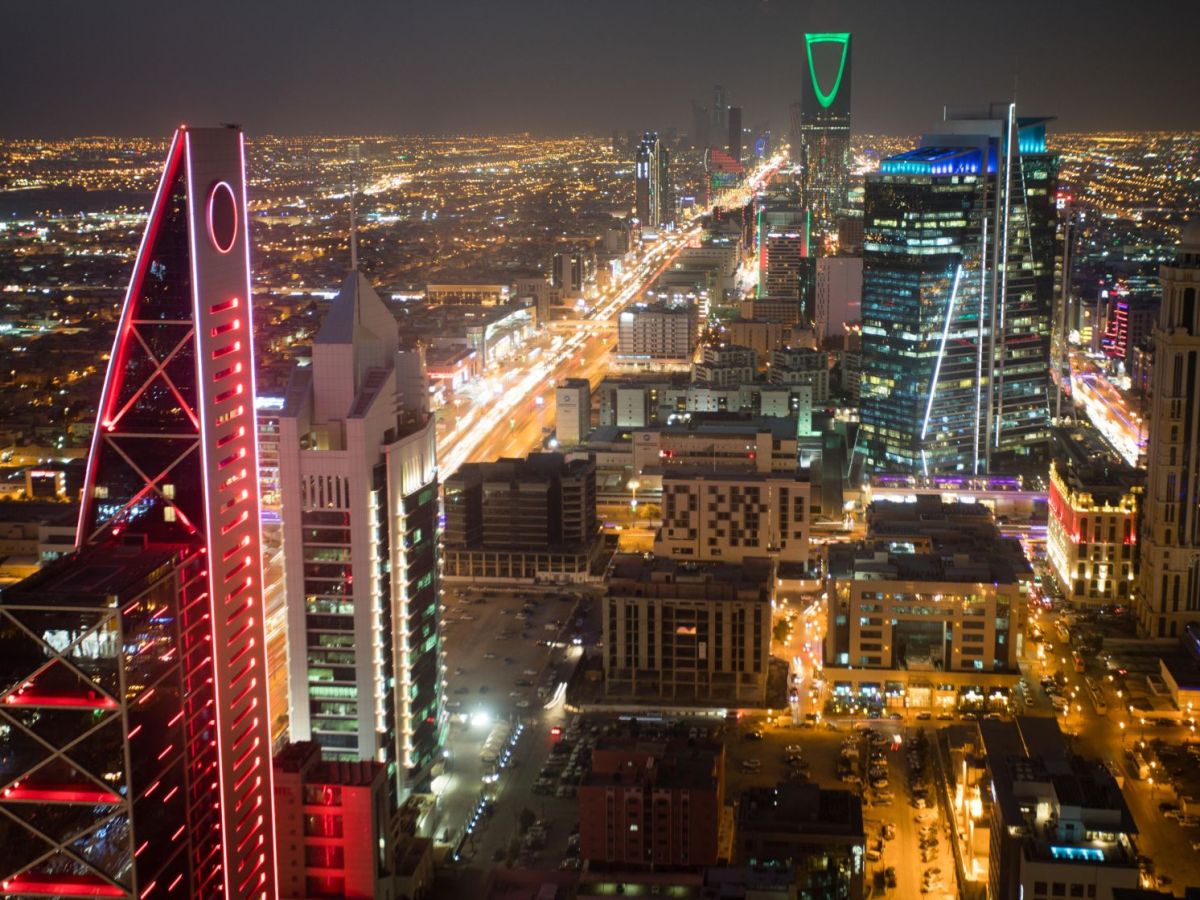The latest unusual urban space to gain attention is Saudi Arabian capital Riyadh. Located in the very heart of the Arabian Peninsula, the nation is shedding its controversial image and moving on from the headlines and questionable practices of yesteryear as it opens up to the world for the first time in its long history.
It’s all part of the Saudi 2030 vision: an ambitious project aiming to redefine the oil-rich nation. It’s clearly paying dividends with the kingdom already home to some of the world’s biggest sports stars, including Cristiano Ronaldo who joined local team Al-Nassr in 2023.
Once known primarily as a business hub, Riyadh has embraced a cultural and architectural renaissance and it’s a worthy contender for a short mid-haul break.
Embracing change
Despite a very murky reputation over its human rights record in years gone by, Saudi is embracing change and attitudes are relaxing. Local women are now permitted to drive and may cast their vote in elections while Western women no longer have to cover their heads (although conservative attire is recommended, with elbows and knees expected to be kept from view).
Home to a rapidly growing population, expected to reach around nine million by 2030 (the average age in Saudi is just 29 years old), Riyadh is a vast metropolis in the middle of a dusty sandpit. Located in the centre of the nation and now a bustling hub of ruler-straight boulevards and futuristic skyscrapers, it grew from modest beginnings and took shape from the endless desert that surrounds it in every direction.
Back in the mid 17th century, Riyadh was little more than a small village after caravans crossing the Arabian deserts settled along a valley where water and fertile grounds were available for farming. Despite rapid modernisation, fuelled by oil wealth, the kingdom’s historic roots are very much celebrated and can experienced by those who visit today.
One of the best places to get a taste of it – literally – is Najd Village (najdvillage.com), a beautiful restaurant that not only serves up delicious local dishes in a traditional setting but also reveals a glimpse of authentic Najd life.
Diners sit on the floor on cosy rugs and cushions and feast on tasty stews, deep-fried cheese sambosa parcels and large family-style portions of lamb served with fragrant kabsa rice. Adventurous diners can even try camel meat. The whole experience is finished off with a cup of traditional Saudi coffee infused with cardamom and a sweet date.
Another place to get a glimpse of local culture is Diriyah, a town on the outskirts of the city to the northwest that is said to be the birthplace of Saudi Arabia.

Historic
The historic district of At-Turaif – famed for its mudbrick citadel that was once the heart of the first ever Saudi state in in the mid-1700s – has been named a UNESCO World Heritage Site, while the nearby Bujairi Terrace is a complex of restaurants and boutiques including fashion and interior stores from local Saudi designers.
From old mud houses to gleaming high-rises, the downtown district of Riyadh offers a completely different perspective. Al Olaya, the city’s central business district, is the best place to see Saudi in the 21st century and the most dramatic vantage point is from up high. From a height of 300-metres at the top of the Kingdom Tower, the whole city is laid bare like a toytown from the Sky Bridge viewing platform (skybridge.sa).
Back on ground level and miles outside the city centre, where the millions of bright lights give way to a few dozen flickering lanterns, the Dunes and Dates desert camp (dunesanddates.com) combines stargazing, camel rides, sandboarding on the dunes and a delicious Arabic feast.
When it comes to bedding down, there’s no shortage of options, with Saudi experiencing a boom in new hotels. One of the most charming and noteworthy is Bab Samhan (£400 per night; marriott.com) in Diriyah, which honours Najdi design. Whilst built in the traditional mudbrick style, there’s nothing basic about this place. From shady courtyards and bedrooms boasting beautiful geometrical patterns, the property is an exceptional example of Saudi warmth and hospitality, proving once again that it’s truly a place on the up.
















